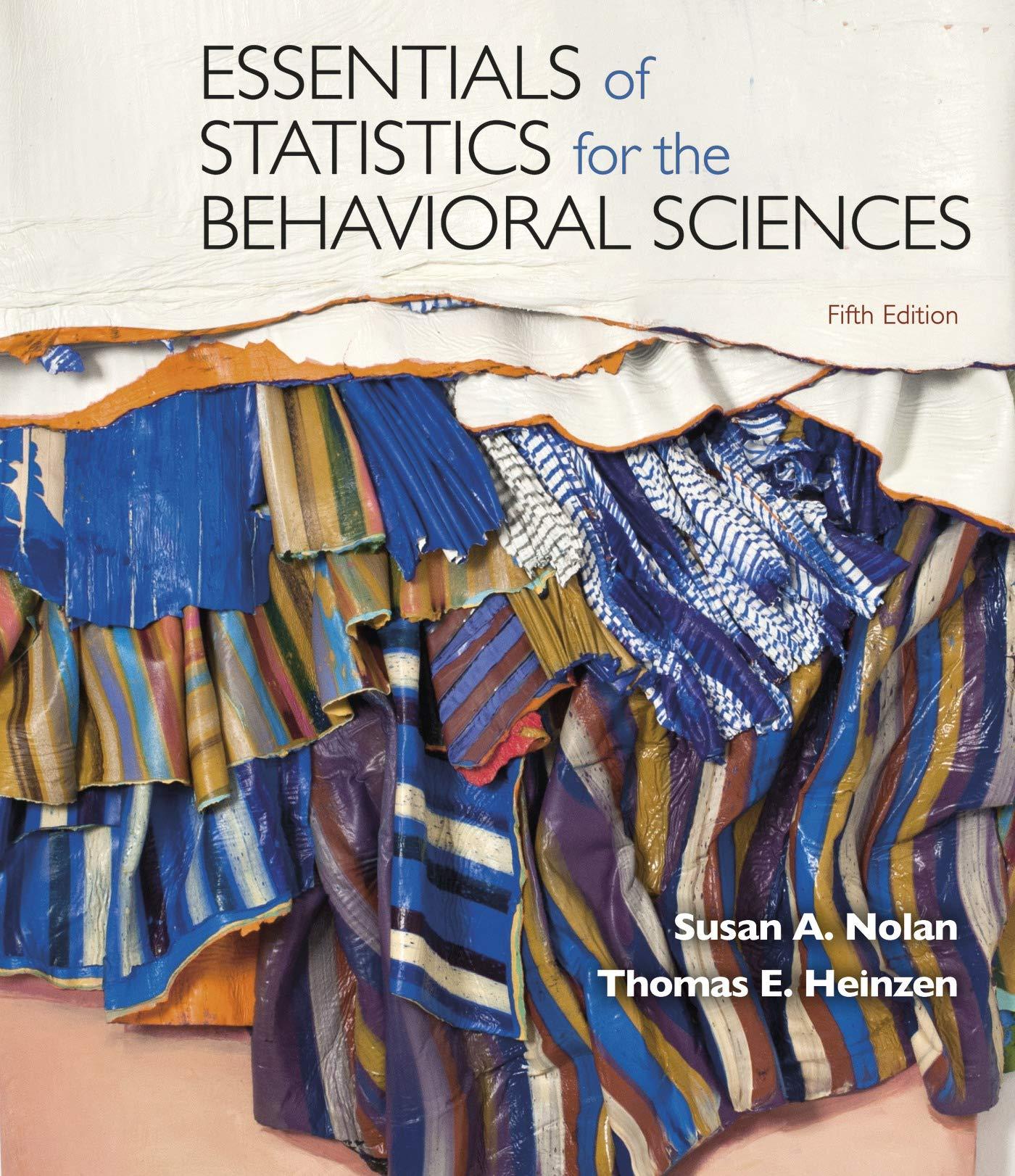13.49 Swearing, vocabulary, and correlation: Psychology researchers set out to test the folk assumption that people swear
Question:
13.49 Swearing, vocabulary, and correlation: Psychology researchers set out to test the folk assumption that people swear a lot because their overall vocabulary is limited (Jay & Jay, 2015). They asked participants to name as many taboo words, described as “curse words or swear words” (p. 253), as they could in one minute. They then asked participants to repeat the task but with other categories of words, such as naming as many animals as they could in one minute. The accompanying table provides fictional data that have the same overall pattern—similar means, standard deviations, and statistical significance of the correlation coefficient—as the data in the actual study. Number of Taboo Words (X) Number of Animals (Y) 9 23 5 20 4 17 12 28 14 26 10 16 9 17 11 18 14 23 6 21 7 25 13 19
a. Create a scatterplot of these data and describe your impression of the relation between these variables based on the scatterplot.
b. Compute the Pearson correlation coefficient for these data.
c. Explain why the correlation coefficient you just computed is a descriptive statistic, not an inferential statistic. What would you need to do to make this an inferential statistic?
d. Perform the six steps of hypothesis testing.
e. Could the researchers have studied this phenomenon with an experiment rather than a correlational study? Explain your answer.
Step by Step Answer:

Essentials Of Statistics For The Behavioral Sciences
ISBN: 9781319247195
5th Edition
Authors: Susan A. Nolan, Thomas Heinzen






